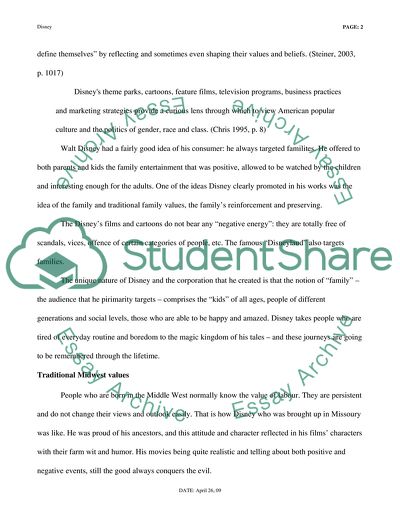Cite this document
(Disneys Views That Reflected In His Cartoons And Films Research Paper, n.d.)
Disneys Views That Reflected In His Cartoons And Films Research Paper. Retrieved from https://studentshare.org/visual-arts-film-studies/1723231-walt-disneys-own-valuesbias-reflected-in-his-films
Disneys Views That Reflected In His Cartoons And Films Research Paper. Retrieved from https://studentshare.org/visual-arts-film-studies/1723231-walt-disneys-own-valuesbias-reflected-in-his-films
(Disneys Views That Reflected In His Cartoons And Films Research Paper)
Disneys Views That Reflected In His Cartoons And Films Research Paper. https://studentshare.org/visual-arts-film-studies/1723231-walt-disneys-own-valuesbias-reflected-in-his-films.
Disneys Views That Reflected In His Cartoons And Films Research Paper. https://studentshare.org/visual-arts-film-studies/1723231-walt-disneys-own-valuesbias-reflected-in-his-films.
“Disneys Views That Reflected In His Cartoons And Films Research Paper”, n.d. https://studentshare.org/visual-arts-film-studies/1723231-walt-disneys-own-valuesbias-reflected-in-his-films.


